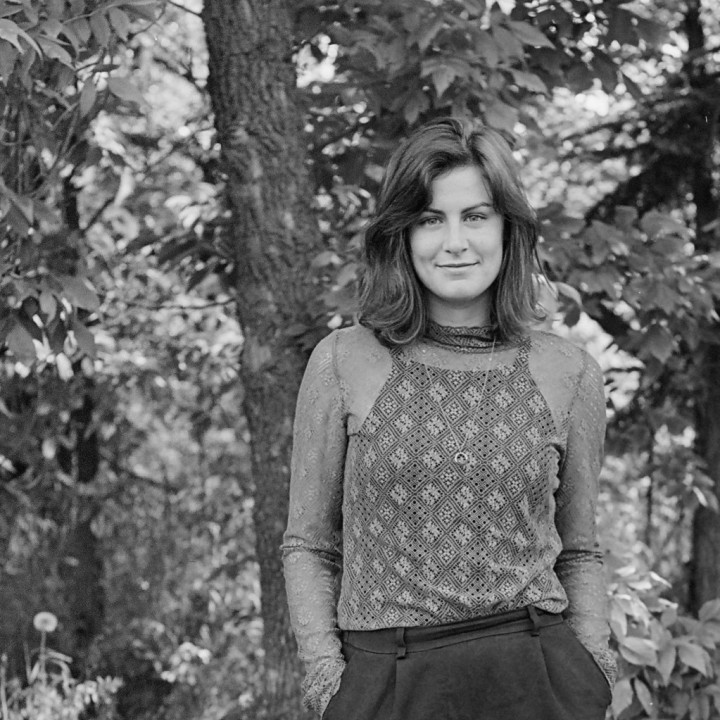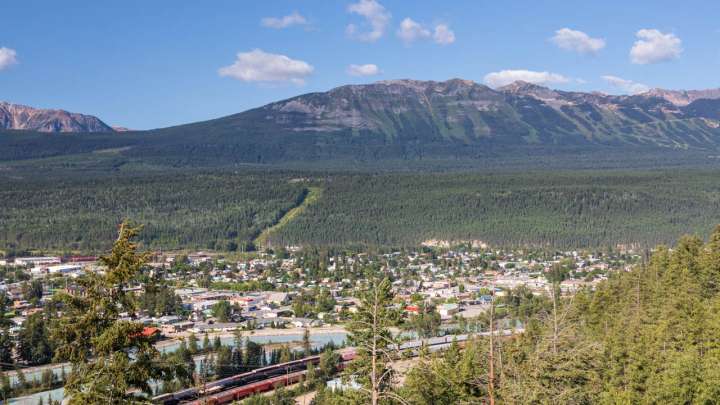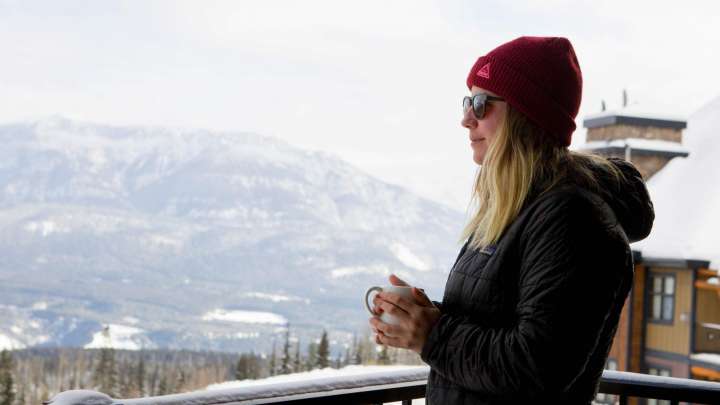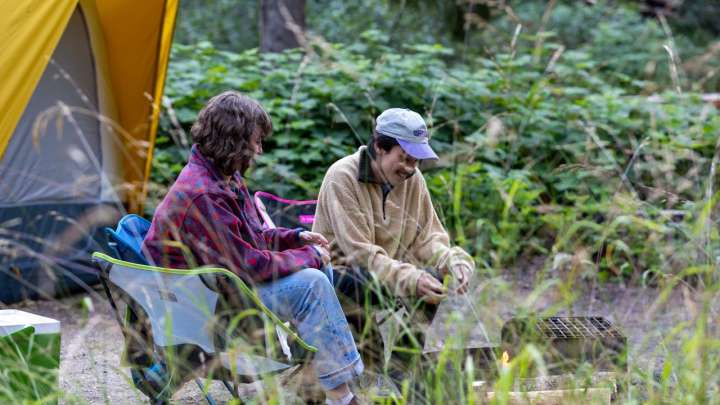[Her]story: Women in Golden
Shout out to the women of Golden, past and present.
The settlement of Golden was founded on trade work, primarily lumber and the CP railway. These trades were historically male-dominated, and much of our history records recognize the men who owned businesses, farmed, milled, and settled in the Columbia Valley. To round out the picture, we wanted to dive into the history of women in Golden and acknowledge the presence and contributions they made throughout time. In present-day Golden, women are a huge part of the community. There’s a large female entrepreneur scene, women are involved in community and athletic clubs, and they often compete at high levels in sports like mountain biking and skiing.
So let's turn the page back and take a look at some notable women of Golden’s history...
Words and images by the Golden Museum & Archives:
Theresa Kaiuse Morigeau: (Cai, Kai, Kaine)
Theresa was First Nations, believed to be Ktunaxa, and was born at Columbia Lake in 1863. At the age of 19, she married Baptiste Morigeau, a complete stranger who rode into the area and asked for a wife after his first wife, Collette Kinbasket passed away. For the first few years of their marriage, Baptiste was a traveling merchant of sorts, caravanning goods around the area. Theresa accompanied him, raising their children and the children from his previous marriage.
After a few years, Baptiste settled down in the Golden area, knowing that the railroad was fast approaching and that they would need supplies. Theresa grew food and raised the children, and occasionally accompanied Baptiste or his sister, Sophie, on supply runs. She had and raised 11 of her own children in addition to the 3 from Baptiste's previous marriage. After a number of years helping Baptiste run his store, and later the post office in Golden, they moved to Invermere where they bought a plot of land to farm and opened up another store.

Theresa Kai - Courtesy of the Windermere Valley Museum.
Elizabeth Clarke:
Mrs. Elizabeth Clarke was an early resident of the Valley. She was a widow and brought her son with her when she moved to the area in the early 1900s. She took up a parcel of land on the bench above the McMurdo area, which is south of Golden. Elizabeth was one of the area's earliest environmentalists, advocating for reforestation. She pressured many of the area's small sawmills to replant the trees that they removed.

Elizabeth Clark
Gertrude "Gertie" Fuez Marrs:
Gertie Feuz Marrs was born in Switzerland in 1910 and came with her family to Canada in 1912. Gertie’s father was Edward Fuez, one of the original Swiss Guides brought to Canada by the Canadian Pacific Railway. After growing up in Golden and completing high school, Gertie went off to Vancouver to attend Business College. She was one of the first women in Golden to do so. After working for a time at the Vancouver Stock Exchange, Gertie came home where she spent her summers working with her mother at the Tea House at Lake Louise and the rest of the year picking up what secretarial work was available. After a while a permanent job came along as a secretary at the Government Agent’s office. She married George Marrs in 1936, and when Golden had its first civil election in 1957, George became mayor and Gertie became Golden's first Mayoress. She took well to life in the public eye, accompanying her husband when he met Princess Margaret in 1958 and Queen Elizabeth in 1959.

Gertie Marrs
Margaret Robb Hardie:
Margaret was the first nurse who came to Golden to work in the hospital when it opened in 1893. She contracted Typhoid Fever from one of her patients and died in February 1894. She was the first person buried in the new Golden Cemetery, which is still used today. Despite only being in Golden for 4 months before dying, she was so beloved by the community that they donated money to erect her headstone. Over the years, members of the community have looked over her headstone with people who had never known her taking the time to clean it and provide flowers.

Margaret Hardie












